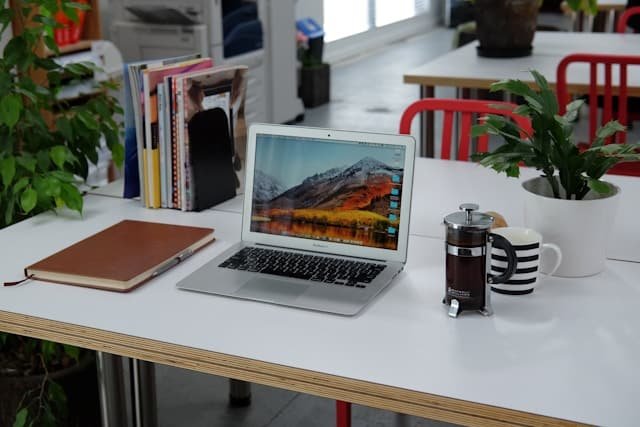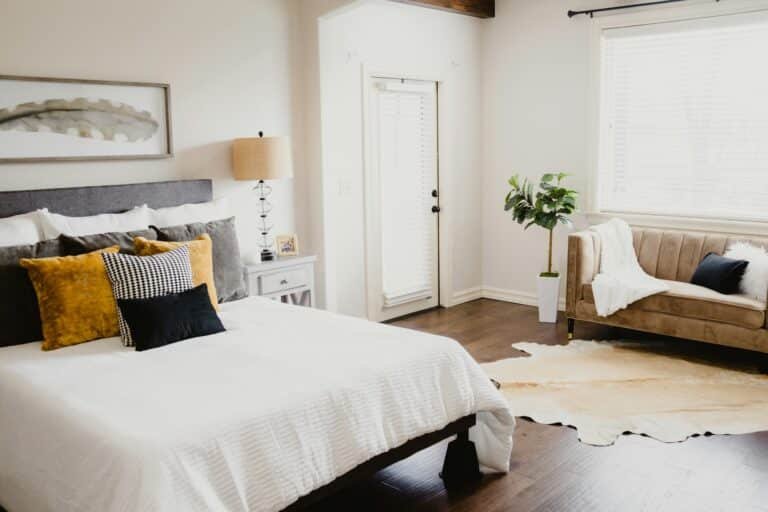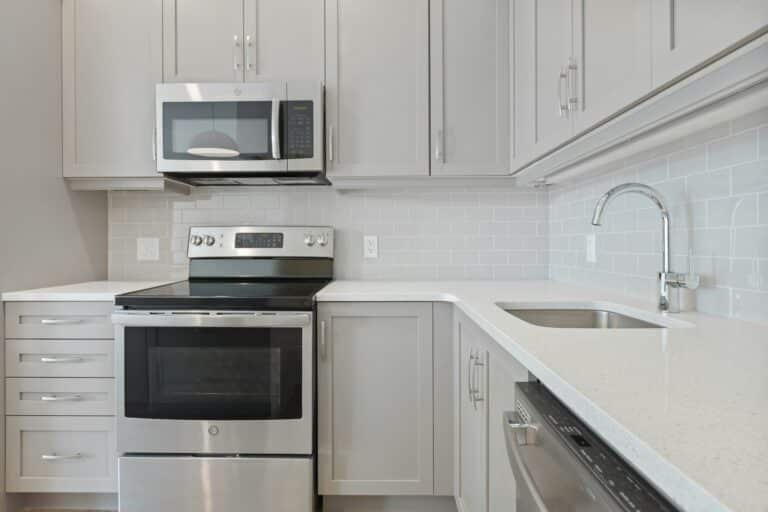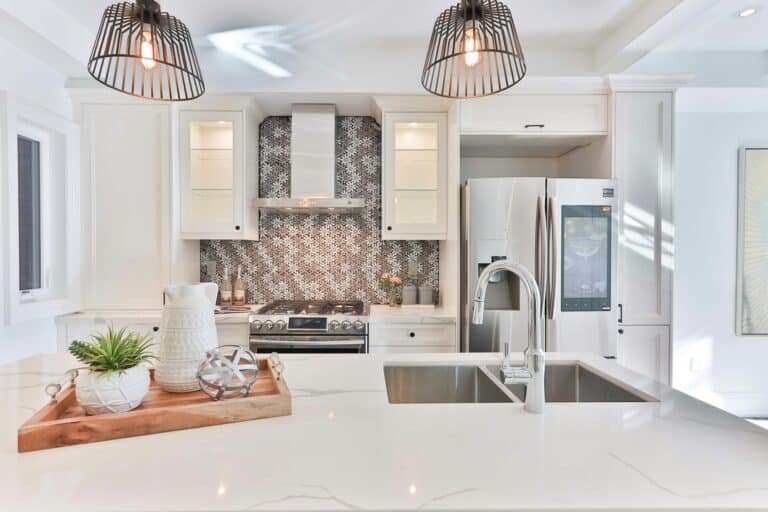Why Your Organization System Keeps Failing: 3 Common Mistakes to Fix Today
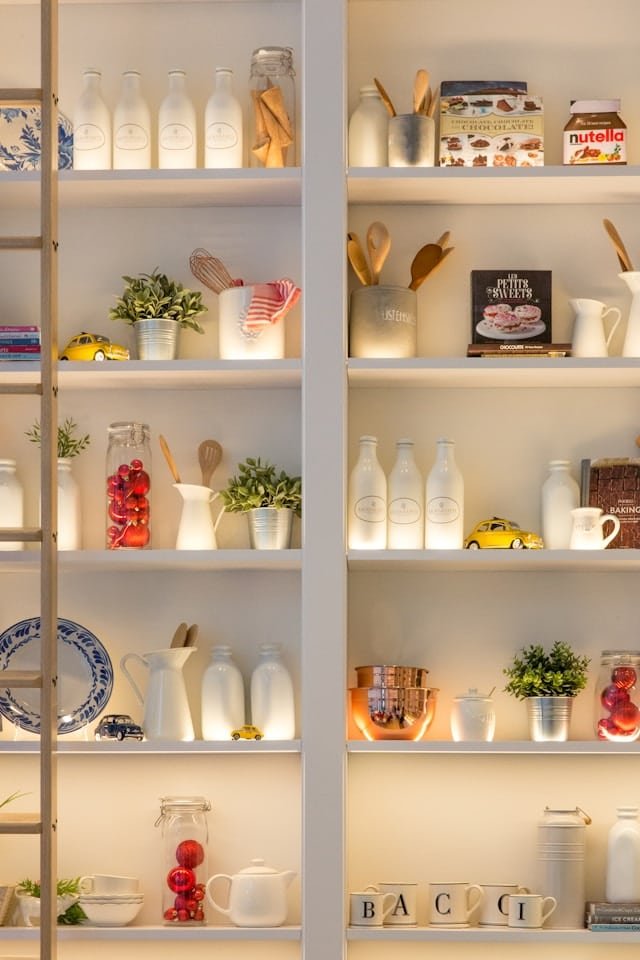
I’ve been there!! Excited to start fresh, bins labeled, drawers sorted, and everything in its “perfect” place, perfectly organized!
For a little while, it works. The space feels light, clean, even peaceful.
But then slowly… things slip. Piles start growing again, baskets overflow, and before I know it, the clutter is back.
It’s frustrating, right? Especially when you’ve put in the effort and still feel like you’re starting over again and again.
The truth is, organizing your home isn’t just about having containers and pretty labels. If the foundation of your system is shaky, it will keep falling apart, no matter how hard you try.
In this post, I want to share the three biggest mistakes that quietly ruin your organization’s efforts and how to fix them for good. Because you deserve a home that feels calm, not chaotic.
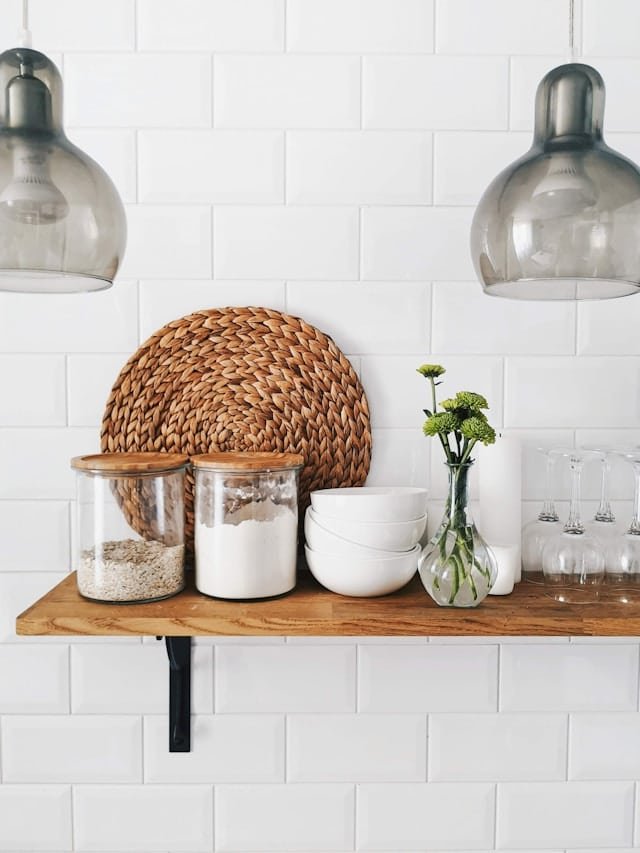
Mistake # 1- Overly Complex Systems
One of the most common reasons organization efforts fail is because the system is just too complicated.
We often start with good intentions like labeling bins, sorting every little category, and setting up what looks like the “perfect” layout.
But when the system is too detailed or time-consuming to maintain, it doesn’t stick.
Sometimes, the setup itself is simply not practical. Like stacking storage bins on top of each other so you have to lift the top two just to reach the third.
Or placing things you use often in hard-to-reach spots, like high cabinets or deep shelves. Or lining up spices front to back in a cabinet, so every time you need one from the back, you have to move everything in front of it.
These seem organized on the surface, but in reality, they’re frustrating.
Why this matters:
When a system feels like work, you stop using it.
You leave things out “just for now,” and slowly the clutter returns.
What’s the point of organizing if it takes extra steps to access or put things away?
This post may contain affiliate links!
What to do instead:
The key is to design a system that works for real life, not just for a pretty photo.
Instead of aiming for perfection, focus on ease of use. Ask yourself: Can I (or my kids) put this back quickly without thinking? If the answer is no, it’s time to simplify.
Think about how you move through your day and how your family uses the space.
Then invest in clever organizers that make things more accessible, not just more aesthetic.
Your system should make everyday tasks easier, not feel like a puzzle you have to figure out every time you use it.
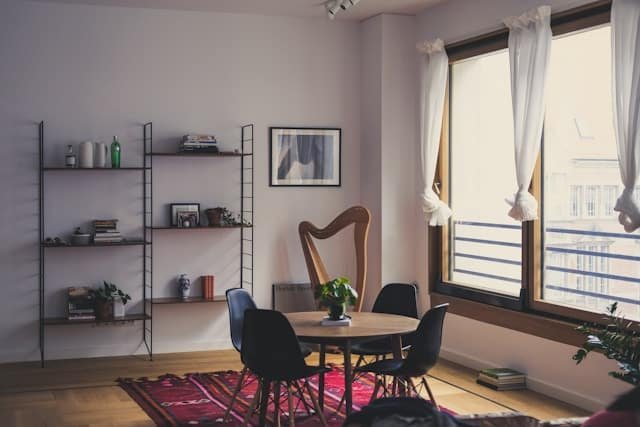
Mistake # 2- Chasing Perfection Over Practicality
It’s so easy to fall into the trap of trying to make everything look just right.
We scroll through Instagram or Pinterest and see those spotless, color-coordinated pantries and perfectly folded drawers and suddenly, our own home feels not good enough.
So we start organizing with that “picture-perfect” image in mind.
Matching containers, beautifully folded linens, every item in its own labeled bin. But the truth is, real life is messy, and chasing perfection often leads to frustration.
Instead of creating a system that supports our daily routines, we start organizing for the sake of appearances.
And when life doesn’t stay picture-perfect (because it never does), we feel like we’ve failed or worse, we give up altogether.
Why this matters:
Perfection is hard to keep up with. A space can look perfect for a moment, but if it’s not practical, it won’t stay that way.
When your system isn’t built around your habits, it becomes a constant source of pressure instead of peace.
What we do wrong:
- We compare our spaces to curated content online.
- We feel like everything has to match, be minimal, or follow a certain “look.”
- We forget that function should always come before style.
What to do instead:
Let go of the idea that your home has to look perfect to be organized. Focus on what works for you and your family, not what looks good on a shelf.
Choose storage that fits your lifestyle, not just your aesthetic. A practical system, one you can actually stick to, is far more valuable than one that just looks nice for a photo.

Mistake # 3- Unsustainable Habits
A system can be smart, simple, and beautifully set up but if the habits that support it aren’t there, it won’t last. You might start strong, but without consistency, things slowly unravel.
This is often what makes people feel like they “just aren’t organized” when really, the system wasn’t built to match their everyday patterns.
Maybe you set up a tidy entryway, but bags and shoes still pile up because the habit of putting things back hasn’t stuck.
Or you create a great laundry system, but the clean clothes sit in baskets for days because you haven’t found a realistic folding routine. It’s not the system; it’s the daily follow-through.
Why this matters:
Organization isn’t something you do once, it’s something that’s kept up through small, repeatable actions.
When those actions are too time-consuming or don’t match your actual energy and schedule, the whole system begins to fail, even if it’s well-designed.
What we do wrong:
- We expect new habits to form instantly, without giving them time
- We aim for ideal routines instead of realistic ones
- We skip small resets, assuming we’ll catch up “later”
- We don’t notice when our daily behavior doesn’t align with the system
What to do instead:
Choose habits that you can repeat without much effort. These don’t have to be perfect—they just have to be manageable.
For example, if folding laundry never gets done, try switching to hanging clothes or use a simple “toss and go” drawer system.
If papers keep landing on the kitchen counter, set up a tray there on purpose and sort it every few days instead of daily.
And if your system feels great but your current habits don’t support it, gently shift your routine.
A 5-minute evening reset, a once-a-week tidy basket, or teaching your kids to put toys away before dinner can make a huge difference.
You don’t need to overhaul your lifestyle, just build consistency around what you already do.
Final Thoughts
If you’ve ever felt like you’re just not an “organized person,” I want you to know it’s not you.
It’s the system, the habits, or the pressure to make everything perfect. We all fall into these mistakes at some point, especially when we’re trying to create a peaceful, functional home for the people we love.
Organization doesn’t have to be exhausting. It doesn’t have to look flawless.
And it definitely doesn’t have to feel like something you keep failing at. When you let go of the pressure and focus on what truly works for your home and your routines, it gets easier bit by bit.
Give yourself permission to keep it simple. Choose ease over perfection. And remember, progress in your home isn’t measured by how it looks; it’s felt in how it makes you feel.
You’ve got this. One small shift at a time.
